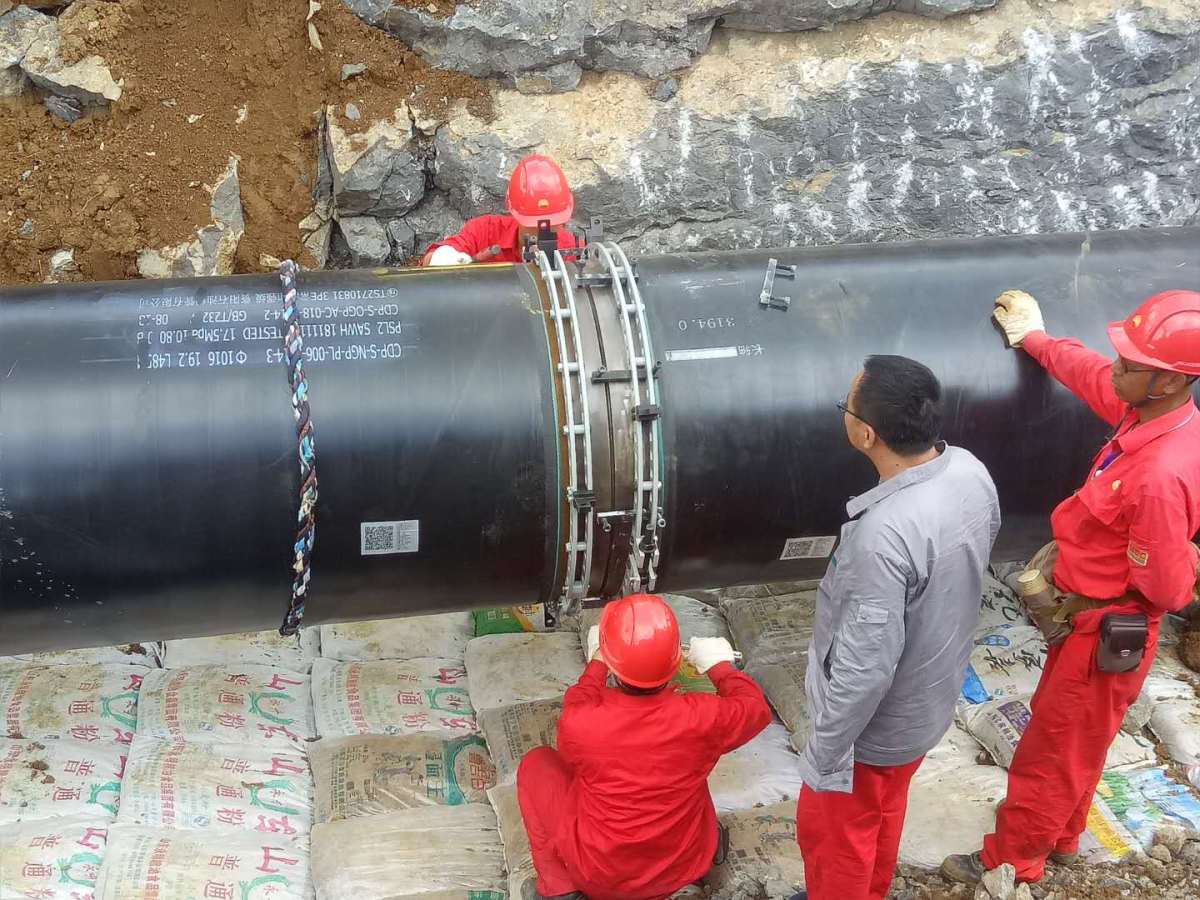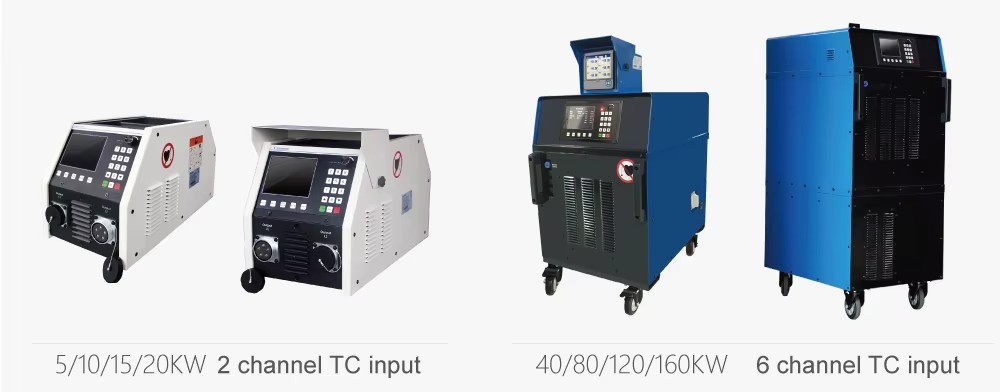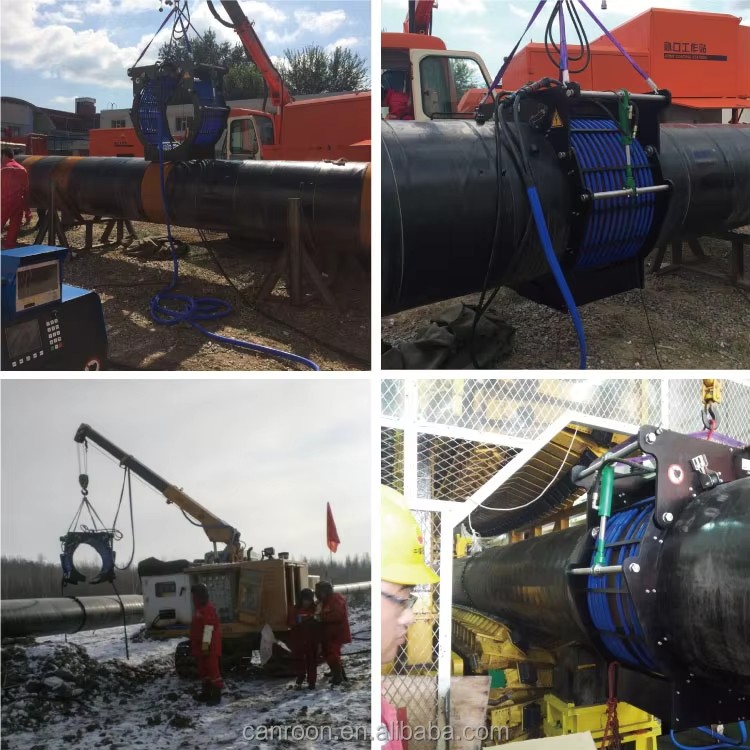
News
Induction heating plays a vital role in curing and coating processes by delivering targeted heat through electromagnetic fields. You benefit from its ability to simplify complex tasks, such as high-pressure fuel testing, while improving energy efficiency. Systems like the Canroon CR210C Induction Coating Removal System minimize switching losses and cooling needs, ensuring faster, cost-effective operations. The Canroon Induction Heating Machine enhances material utilization and processing time, making it indispensable in industries requiring precision, especially when using an Induction Heating Machine for Coating.
Key Takeaways
Induction heating works fast and cures or coats quickly. It cuts processing time from hours to just seconds. This helps finish work on time without losing quality.
The method saves energy by heating materials directly. Less energy is wasted, which lowers costs and helps the environment.
Induction heating is safer because it has no open flames. This lowers the chance of accidents. It is also eco-friendly and reduces pollution.

Understanding Induction Heating
What is Induction Heating?
Induction heating is a process that uses electromagnetic fields to generate heat within a material. This method relies on the principles of electromagnetic induction, first discovered by Michael Faraday. Later, James C. Maxwell expanded on these principles through his unified theory of electromagnetism. The process became practical for industrial use when Sebastian Z. de Ferranti proposed it for metal melting in 1887. Over time, advancements like the induction furnace by F. A. Kjellin in 1891 and high-frequency applications by Edwin F. Northrup in 1916 made it a cornerstone of modern manufacturing.
How Induction Heating Works
Induction heating works by creating a rapidly alternating magnetic field using an electromagnet and an electronic oscillator. When a conductive material is placed within this field, it generates electric currents, known as eddy currents, inside the material. These currents flow through the material's resistance, producing heat through a process called Joule heating. Additionally, hysteresis losses in magnetic materials contribute to the heating effect. This method is highly efficient because it generates heat directly within the workpiece, minimizing energy loss.
Benefits of Induction Heating Technology
Induction heating technology offers several advantages. It provides precise and localized heating, ensuring minimal impact on surrounding areas. The process is energy-efficient, as it converts electromagnetic energy directly into heat within the material. For example, induction cooktops are 5-10% more efficient than electric stoves and three times more efficient than gas stoves. This efficiency reduces energy consumption and operational costs. Furthermore, induction heating eliminates the need for open flames, enhancing safety and reducing environmental impact.
Applications of Induction in Curing and Coating
Curing Epoxy Coatings on Pipelines
Induction heating has revolutionized the curing coating of pipelines by offering unmatched precision and efficiency. When you use induction heating for curing coatings on pipelines, the process ensures uniform heat distribution along the surface. This uniformity is critical for achieving a durable and consistent epoxy coating. Unlike traditional methods, which often require extended heating times, induction heating completes the curing process in a fraction of the time.
Pipelines, especially those used in oil and gas industries, demand robust protection against corrosion and wear. Induction heating provides a controlled environment where the epoxy coating adheres seamlessly to the pipeline's surface. This method eliminates the risk of overheating or under-curing, which can compromise the coating's integrity. Additionally, the localized heating minimizes energy waste, making it an environmentally friendly solution for large-scale pipeline projects.
Coating and Curing Stainless-Steel Components
Induction heating excels in the coating application and curing of stainless steel cylinders. This method significantly reduces processing time while maintaining high-quality results. For instance, when curing coatings on a stainless steel cylinder, induction heating achieves the target temperature in seconds. The following table highlights the performance metrics of induction heating compared to conventional methods:
This data demonstrates how induction heating for curing coatings outperforms traditional methods in both speed and energy efficiency. You can achieve precise temperature control, ensuring the coating adheres perfectly to the stainless steel cylinder. This precision reduces material waste and enhances the durability of the final product.
Use in Aerospace and Automotive Industries
The aerospace and automotive industries rely heavily on induction heating for curing and coating applications. In these sectors, components must meet stringent quality standards to ensure safety and performance. Induction curing offers a reliable solution for achieving these standards.
In aerospace, induction heating is used to cure composite materials and coatings on critical components like turbine blades and structural panels. This process ensures uniform heating, which is essential for maintaining the integrity of these high-performance materials. Similarly, in the automotive industry, induction coating is applied to parts such as engine components and exhaust systems. The rapid heating and cooling cycles provided by induction technology enhance production efficiency without compromising quality.
By adopting induction heating, you can streamline manufacturing processes while reducing energy consumption. This technology not only improves the quality of cured and coated components but also supports sustainable practices in these industries.
Step-by-Step Process of Induction Curing and Coating
Material Preparation
Proper material preparation ensures the success of the induction curing and coating process. You must begin by thoroughly cleaning the surface to remove oil, grease, and other contaminants. Solvent cleaning, following AMPP standards, guarantees a clean base for the coating. Surface testing, such as soluble salt contamination checks, ensures the material meets cleanliness benchmarks.
Once the surface is clean, you should mix the coating components accurately. Precise measurements and mixing ratios are critical for achieving the desired properties. Before applying the coating, verify the material's temperature and ensure it aligns with the induction heating system's requirements. This step minimizes errors and sets the stage for a seamless process.
Heating and Curing
The heating phase is where induction technology truly shines. The induction heating system generates controlled heat directly within the material, ensuring uniform temperature distribution. You can program up to 20 temperature and time segments for precise control. Dual-color optical pyrometers verify the target temperature, enhancing accuracy.
Induction curing significantly reduces processing time. For instance, curing times that traditionally take hours can now be completed in seconds. The system's programmable segments allow you to set maximum power output and temperature tolerance for each phase. This level of control ensures consistent results across multiple production runs.
Inspection and Quality Control
Inspection and quality control are vital for ensuring the integrity of the cured coating. After curing, you should measure the dry film thickness and perform adhesion testing to confirm durability. Pinhole or holiday testing identifies any defects in the coating, ensuring a flawless finish.
Data logging plays a crucial role in maintaining quality. The induction heating system stores settings and results for each production run, allowing you to verify and repeat processes with confidence. This feature ensures compliance with industry standards and enhances traceability.
By following these steps, you can achieve high-quality results with induction coating and curing, ensuring efficiency and reliability in your operations.
Advantages of Induction Heating in Curing and Coating
Speed and Precision
Induction heating delivers unmatched speed and precision in curing and coating applications. You can achieve rapid heating cycles that significantly reduce processing times compared to traditional methods. For instance, curing processes that once took hours can now be completed in seconds. This efficiency allows you to meet tight production schedules without compromising quality.
The precision of induction heating ensures uniform temperature distribution across the workpiece. This consistency is vital for maintaining the integrity of coatings and achieving desired material properties. Experimental data highlights its reliability:
Temperatures measured during induction hardening align closely with calculated values.
Uniform temperature rings observed during the process demonstrate precise control over heating.
Stable temperature distribution ensures high material strength, such as 1,400 MPa for a 10mm thick steel pipe.
By leveraging induction heating, you can enhance both the speed and accuracy of your operations, making it an ideal choice for industries requiring high-performance coatings.
Energy Efficiency and Cost Reduction
Induction heating systems excel in energy efficiency by generating heat directly within the workpiece. This direct heating minimizes energy loss, allowing you to reduce power consumption significantly. Recent research confirms that induction heating systems outperform traditional methods in energy savings, promoting cost reductions and environmental sustainability.
The automotive and manufacturing industries benefit greatly from these advantages. By adopting induction heating, you can lower operational costs while maintaining high-quality results. Additionally, the reduced energy consumption aligns with global efforts to minimize carbon footprints, making induction heating a sustainable solution for modern industries.
Tip: Switching to induction heating not only saves energy but also reduces maintenance costs due to its streamlined and efficient design.
Enhanced Safety and Environmental Benefits
Induction heating systems prioritize safety and environmental sustainability. Unlike flame-based techniques, induction heating eliminates open flames, reducing the risk of accidents. The low electromagnetic emissions from induction systems comply with IEEE standards, ensuring a safe working environment.
Environmental impact assessments further highlight its benefits:
The U.S. Environmental Protection Agency reports that induction heating is 5-10% more efficient than conventional electric stoves and three times more efficient than gas. Cities like New York have enacted legislation to promote induction heating by banning natural gas hookups in new buildings. These measures aim to reduce reliance on fossil fuels and improve air quality.
By adopting induction heating, you contribute to a safer workplace and a cleaner environment. Its eco-friendly design supports sustainable practices while ensuring compliance with modern safety standards.
Comparing Induction Heating with Traditional Methods
Induction Heating vs. Oven Heating
Induction heating outperforms oven heating in efficiency and precision. Ovens rely on convection or radiation to transfer heat, which often results in uneven temperature distribution. In contrast, induction heating generates heat directly within the material, ensuring uniformity. This difference becomes critical when working with components requiring precise temperature control.
Efficiency statistics highlight the advantages of induction heating. Induction systems achieve an efficiency factor of 84%, compared to 71% for radiant ovens and 40% for gas ovens. The following table illustrates how induction heating delivers superior power savings:
By switching to induction heating, you can reduce energy consumption and achieve faster heating cycles, making it ideal for industrial applications.
Induction Heating vs. Flame-Based Techniques
Flame-based techniques, such as torch heating, rely on combustion to generate heat. While effective for some tasks, they lack the precision and safety of induction heating. Flames often result in uneven heating, which can compromise the quality of coatings or cured materials.
Induction heating eliminates the need for open flames, reducing the risk of workplace accidents. It also provides better control over temperature, ensuring consistent results. For example, induction systems can maintain stable temperature zones, which is challenging with flame-based methods. This precision improves the durability and performance of coated or cured components.
Environmental Impact Comparison
Induction heating offers significant environmental benefits compared to traditional methods. Gas ovens and flame-based techniques emit greenhouse gases, contributing to air pollution. Induction systems, on the other hand, operate without combustion, reducing carbon emissions.
Efficiency plays a key role in environmental impact. Induction heating achieves 84% efficiency, while gas ovens only reach 40%. This higher efficiency translates to lower energy consumption and a smaller carbon footprint. By adopting induction heating, you not only improve operational efficiency but also support sustainable practices that benefit the environment.
Induction heating transforms curing and coating processes with precision, speed, and sustainability. You gain from its high accuracy, validated by simulations with only 0.9% to 4.1% error rates. Key benefits include:
Enhanced computational efficiency for industrial applications.
Reliable performance in complex scenarios like 3D simulations.
Adopting induction heating ensures better results and a greener future.
FAQ
What makes induction heating more efficient than traditional methods?
Induction heating generates heat directly within the material. This eliminates energy loss, ensuring a faster and more efficient heating process compared to conventional techniques.
How can you ensure quality during induction curing?
You can ensure quality by monitoring temperature and curing times. Use tools like pyrometers and data logging systems to verify uniform heating and consistent results.
Is induction heating environmentally friendly?
Yes, induction heating reduces energy consumption and eliminates harmful emissions. Its eco-friendly design supports sustainable practices and aligns with modern environmental standards.
Please give us a message

